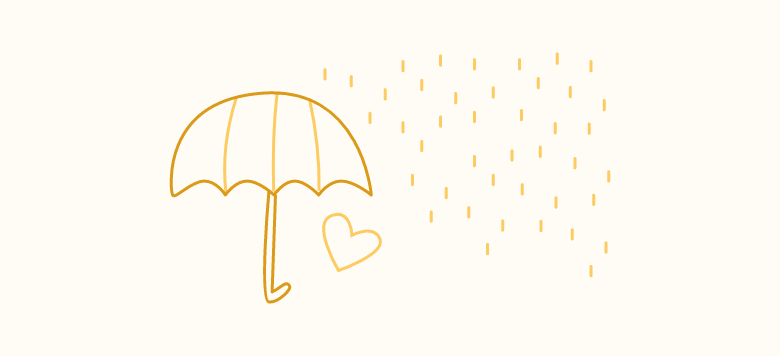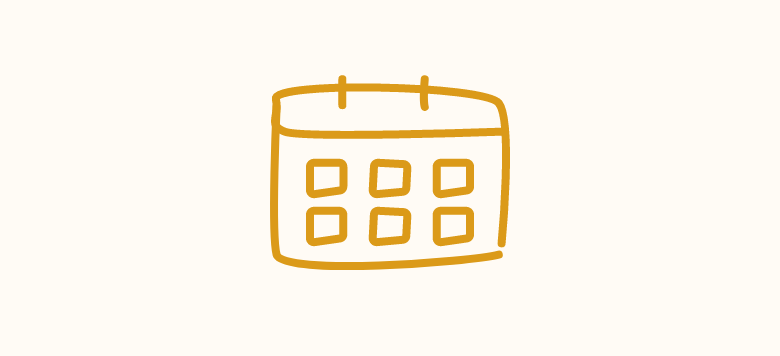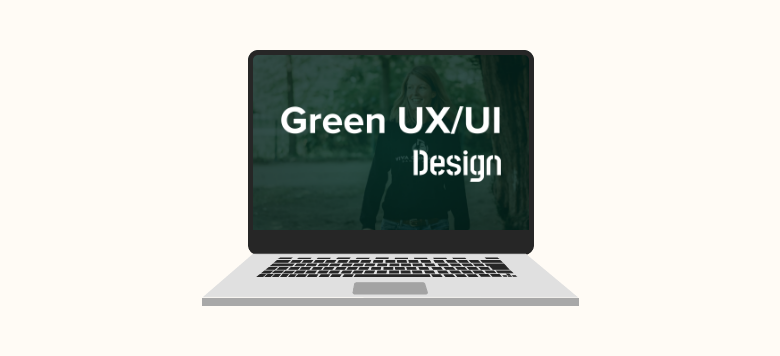Mental Health and green webdesign

How nice that would be: Push notifications only flash when you want them to. You are not bombed all the time, but only when it fits into your daily schedule. You don’t have the feeling of constantly missing out on something. You are not overwhelmed by the variety of digital formats you could participate in, but you don’t have the time or mind to do so. You enjoy getting information instead of being pushed. And all this also for your users.
Our mental health is more important than ever
Everyone is talking about mental health, taking time for yourself and getting rest inbetween this very special year of 2020.
But are we as designers, companies and agencies giving our users that rest?
Are we building products that incorporate that fact? Is our marketing loving and individualized to the time schedule of our users?
There are so many amazing digital webinars, meetups, conferences, newsletters, social media profiles, articles, posts, and so much more that we can participate in this year. Because the world got even closer. Digitally. We have more access to great formats than ever before. From all over the world. Everything is digital. All of it. Maybe too much?
Push notifications catch you everywhere, new webinars are advertised, the next digital interview goes live. And they are all exciting. But how can you take part in all this? Recently I subscribed to a newsletter, which sent me an email every day. Every. day.
You have to be able to rest.
You have to able to switch off.
JOMO – Joy of missing out.
How much do you allow yourself to miss out on things? How much do you incorporate this into your own digital products?
Why mental health and green webdesign belong together
Green webdesign is about saving data (you can read about how to do it in my blog post What is green web design).
So what is climate-friendly in relation to mental health?
- Not using dark patterns like “No, I don’t want an irresistible offer” or “30 customers have just booked this”.
- Omitting artificial shortages of your products like “Just today”, “Your unique chance” or “You’ll never get this again”.
- Enabling notification pauses such as daily “do not disturb” times.
- The default deactivation of the notifications instead of the user’s duty to go through all the settings first to have some peace and quiet.
- The setting of notification times. For example, 7mind does this in its meditation app and asks if and when you want to be reminded of your daily meditation. 7mind also asks if and how often you want to receive small reminders a day (this is no ad, just a best case)
- The selection of newsletter intervals, if you want to send often and a lot.
- The integration of newsletter topics, if you cover many different topics.
And why is this more sustainable?
Because it doesn’t send any data. No message and no webinar means no kilobytes. And peace for the user’s head.
And we sometimes need peace.
What can you change immediately?
#1 Go through your phone and PC
Disable automatic synchronization of your apps where possible, also set email synchronization to manual. Set times when you do not want to be disturbed/reached. Some apps offer very specific notification settings. Go through them all and decide what you want to be reminded of and when.
#2 Unsubscribe from newsletters or pause them
Which newsletters have you not looked into for ages and only deleted them? Which newsletters have been waiting for weeks for you to read them? Delete them. And unsubscribe from them. Some newsletter services even offer pause settings. Maybe this is an interim solution.
#3 Do just that for your users
Erase dark patterns from your products. Don’t try to lead users to watch your webinar with artificial disguise, when in fact they don’t need it at the moment, are not mentally ready for it or can’t get the full impact because of lack of concentration.
Include features in your services and products that allow your users to set notifications, but are initially disabled. Allow your users to pause and have control.
Integrate a newsletter lifecycle where users who haven’t opened your emails for a long time come into a second loop. This second loop then sends targeted emails à la “Do you want us to stay friends” and kicks users out at the end if they still don’t open them. It reduces your carbon footprint, raises your opening rates and therefore leads to higher visibility in intelligent mailboxes.
And now?
Ask yourself what you can do to make our society less rushed, FOMO-driven (Feeling of missing out) and burnout-prone. Because we can make the difference. We have it in our hands.
If you liked the article, please feel free to share it with colleagues, co-workers and friends. It would help me a lot to make the topic better known and hopefully inspire more designers to create greener websites.
Enjoy a hopefully relaxed day!
Your Sandy

Hi, I’m Sandy, the author of this blog and a UX/UI Designer with 10+ years of experience. I founded Green the Web in 2019 to share my passion, ideas and vision of a sustainable web with change makers like you. Let’s connect on LinkedIn or on Instagram @greentheweb to discuss and share ideas.

Sign up for the newsletter
Get the latest green web hacks, business insights and news directly into your inbox. Usually sent once a month.

Sustainable best practices
Get inspired by lightweight, user-friendly, aesthetic and sustainable UX/UI designs of the web.

My favorite resources
Scroll through my favorite articles, studies, podcasts, talks, communities, books and tools on sustainable web design.



